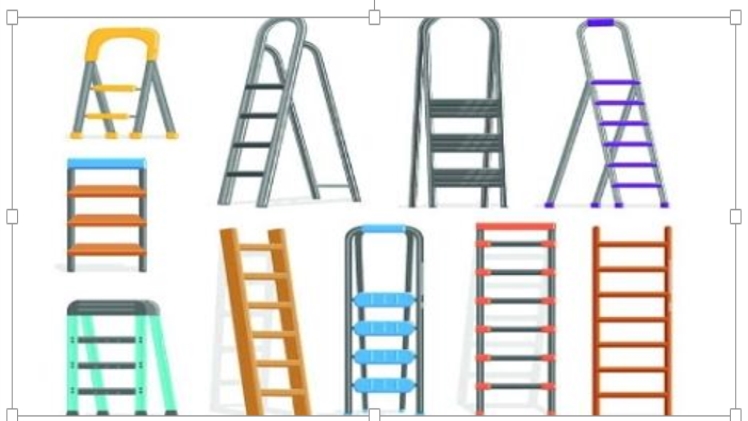When working at home and in companies, many tools are required. Some are not compulsory, while others are indispensable. Whether you are working to fix minor repairs on your house or any other part that requires elevation to handle, you might need scaffolds or alternative tools.
When looking for construction apparatus, we often look out for nails and hammers without getting concerned about what can help us get to greater heights. A safety rail would be necessary when performing various tasks. However, it is good to know more about the ledge that you will use.
Portable ladders
You can move themfrom one point to another without any professional help. These ledges also come in three categories: light-duty, medium, and heavy-duty ledges. While using a portable it, do not position it in a horizontal position like a scaffold to avoid causing accidents. Also, the ledge is not strong enough to supportheavyweight. Therefore, do not carry heavy objects on the ledge as accidents may happen due to tools attached to a belt.
It doesn’t support usage above three rungs because of its nature. In other words, the higher you go, the higher the chances of losing stability. Replace it with a fixed scaffold when damaged. Alternatively, you can use a stairway instead of a damaged ledge.
How to set up a ladder
Setting up a ladder might look easy, but many accidents have occurred due to poor positioning. When using a ledge, place it at a ¼ distance of its working length from the supporting structure. For instance, if the height of the wall is 4m, position the ledge at a distance of 1m from the base of the wall.
Extend the ledge at least 3 feet from the top of the wall and rest it on ground level. If you are working on a slope, use a ledge with secure blocking to avoid toppling. Rest the rails on top of the supporting structure and double-check to ensure that the feet are well-positioned before climbing.
What to do before climbing ladders
Check for overhead power cables as they might cause electrocution when present. Clear the area on top of the ledge and on the floor to create a suitable environment for landing in case of an emergency. Also, you should wear protective devices when working for more than 10 meters off the ground. It is always good to get proper guidance or professional assistance when working at greater heights. You can visit here to know about the abovethenews. On the other hand, you can also get more essential info on dbfile. Here is the best news portal thoughtco where you can get the latest news around the world.
Ensure that only one person is climbing the ledge, whether it is single or double-sided. Always maintain a three-point rule by having two feet and one hand on the ledge or having two hands and one foot when climbing. Wear protective gear like shoes with resistant soles. Before accessing higher points, always use alternative and practical means before going for ledges.
What to avoid when using ladders
Always set up barricades and lock the door to avoid using a ledge in a pathway where you can get hit by a vehicle or any passing object. Never lean your ledge on flexible and movable supports, as this makes you susceptible to falling. Also, please do not use a ledge on ice or support it by its rungs. When climbing, do not hold the rails as you may easily fall whenever your hands slide.
Conclusion
To sum up, using a ledge is a good option when climbing on various supporting structures. However, always use alternative means because depending on ledges is not always the best option. When working on construction sites, go for scaffolding instead of ledges. If there’s no alternative way of doing it, use ledges but proceed with caution.

